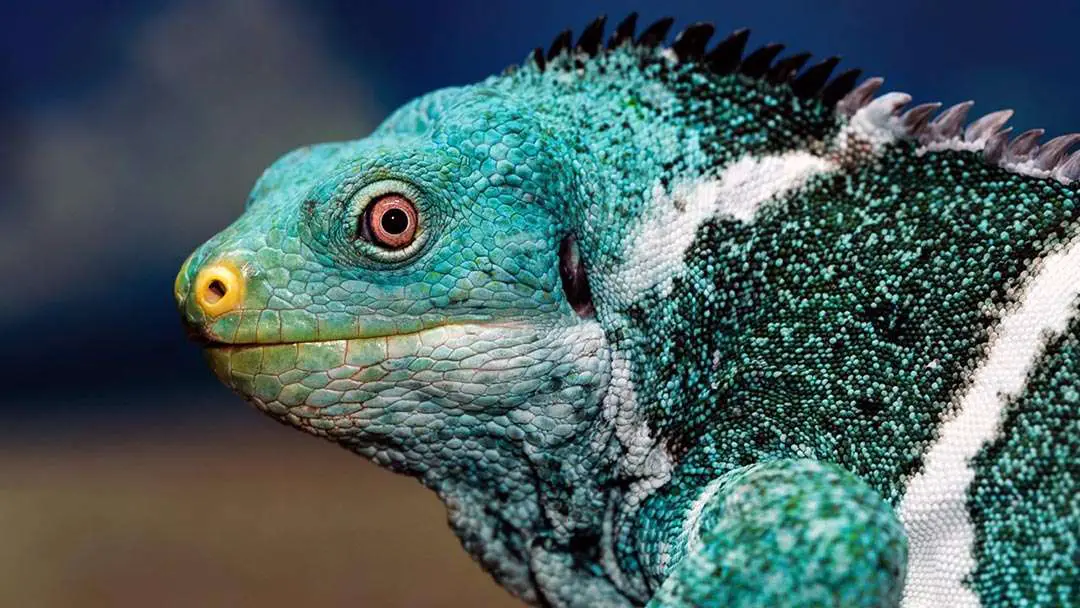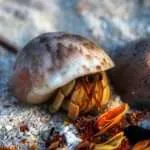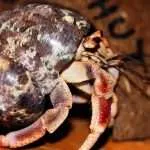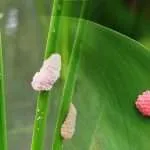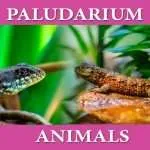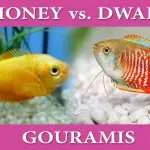I am writing on the seven cutest lizards pet because most people consider puppies, dogs, cats, and birds cute pets but will never give that title to a snake, a frog, or a lizard.
The truth is some reptiles are cute and admirable if you pause and look at them.
No animal on the face of the earth doesn’t have a species or subspecies that have bright and beautiful colors, pattern, or morphs that makes them stand out.
Well, I’m here to inform you that there are some cute pet lizards that you might fall in love with. Here are the seven Cutest Pet Lizards you can adopt for a pet.
#1 – Bearded Dragon
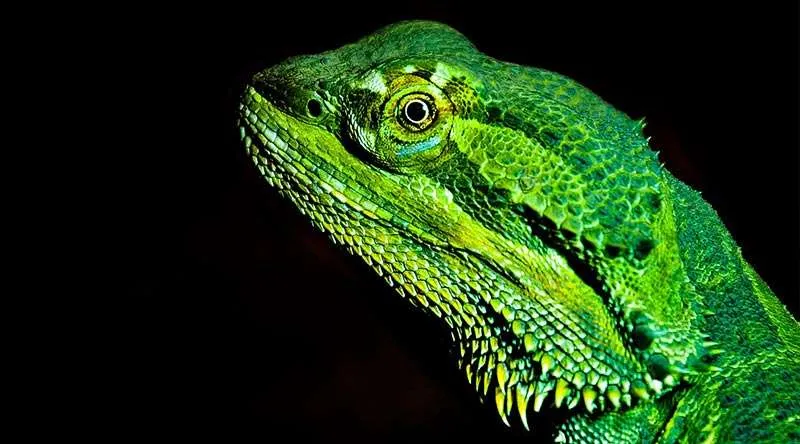
The Bearded Dragon derived its name from the spines under its throat which are usually flat but will rise if the dragon feels threatened.
This makes the throat expands and makes the dragon looks like it has a beard.
A native of Australia, the Bearded Dragon is a popular, and adorable lizard and is a good pet for beginners.
Most Bearded Dragon seen in the United States is captive-bred as there are strict laws against exporting wildlife in Australia.
This friendly desert lizard comes in different morphs and can take colors ranging from red, brown, white, and yellow.
The Bearded Dragon is a medium-sized reptile and can grow up to 16 to 24 inches.
This exotic lizard has a lifespan of 6 to 10 years.
Bearded Dragon Diets
The diet of the Bearded Dragon can be fairly complex.
First, the dragon is an omnivore – meaning it feeds on meat and plants. Crickets, wax worms, vegetables, and fruits such as apples, melons, and bananas are what a Bearded Dragon will feast on.
Calcium supplement is an important part of its diet which can be dusted on their meal. This should be done at least twice a week.
Also, a feeding schedule should be put in place for the proper rationing of food.
Lastly, clean water should be provided and changed regularly.
Bearded Dragon Habitat
A 40-gallon size tank, with a screened lid, is needed when adopting one.
The tank should have the following: bedding or reptile carpet (which should be removed every week for a fresh one), branches (for climbing and hiding), and rock (for climbing).
The Bearded Dragon is an ectotherm reptile, meaning a heating and cooling source is needed in the tank.
The heating area should be between 100 and 110 degrees Fahrenheit (during the day and at night 66 and 75 degrees Fahrenheit) while the cooling area should be between 75 and 85 degrees Fahrenheit.
The humidity level of the tank should be between 20 percent and 30 percent.
The Bearded Dragon is easy to handle, easy to tame, and less aggressive.
#2 Cutest Pet Lizards- Gold Dust Day Gecko
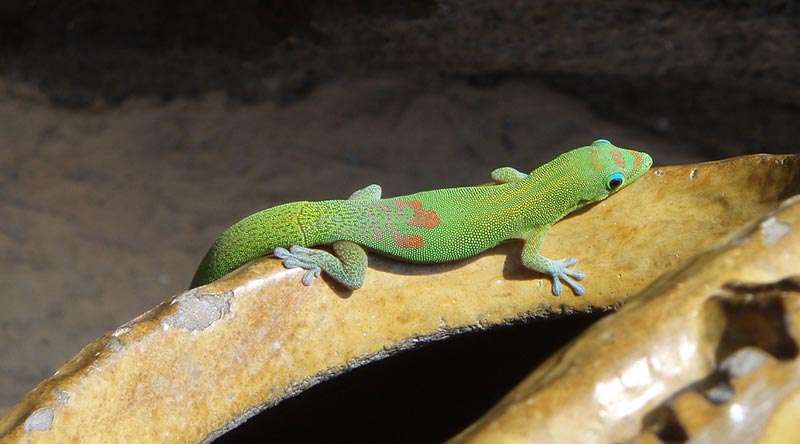
The Gold Dust Day Gecko is found in northern Madagascar, Comoros, and can also be found in Hawaii.
This attractive gecko is a part of a smaller gecko family and can be kept as a pet – an excellent choice for anyone who wants to adopt a gecko.
The Gold Dust Day Gecko is a small gecko with a body almost the same length as its tail.
The body is covered with coarse scales, with a gold-yellow scale around the head, neck, and upper body.
This makes the gecko looks as if it has been dusted with gold, which is where its name was derived from.
Its eyes are blue and outlined with a red stripe that runs across its snout. The top part of the gecko is mainly green or yellow with the abdomen being white.
The lower back of the gecko is filled with red patches that fade down towards the tail.
Gold Dust Day Gecko Size & Lifespan
The female Gold Dust Day Gecko is smaller compared to its male counterpart.
This gecko can grow up to 4 to 6 inches – with the tail contributing to a larger part of the whole body.
When in the wild, the Gold Dust Gecko can live up to 5 to 8 years, while in captivity, with proper care and nurture, will live up to 10 to 12 years.
Gold Dust Day Gecko Diets
An omnivore eater, the Gold Dust Day Gecko will eat almost any insect given to it while in captivity, it is not a picky eater.
In the wild, the gecko will feed on insects, plants, fruits, and even other smaller geckos.
The gecko can be fed with a mixture of grasshoppers, cockroaches, vegetables, and fruits such as a banana.
Due to their diet – which cannot be easily duplicated while in captivity – the gecko can develop vitamin deficiencies.
Calcium powder should be sprinkled over the meal before feeding the gecko.
There should be a provision of clean and fresh water. Note, the gecko must not be over-fed, otherwise, it will become fat.
Gold Dust Day Gecko Habitat & Temperament
A diurnal and shy reptile, this gecko gets nervous quickly and doesn’t like too much handling.
The tank of the gecko should be decorated with lots of branches and plants, which helps the gecko regulate its body temperature.
The humidity level of the tank should be between 50 and 60 percent during the day and between 80 and 90 percent at night.
The temperature of the tank should be between 77 and 86 degrees Fahrenheit during the day, at night, the temperature should be dropped to 68 degrees Fahrenheit.
Lighting should be installed in the tank also.
Note, that two male Gold Dust Day Geckos should not be housed together in the same tank. This can lead to fighting because they are territorial.
You can, however, house a male and female together.
#3 Cutest Pet Lizards – Leopard Gecko
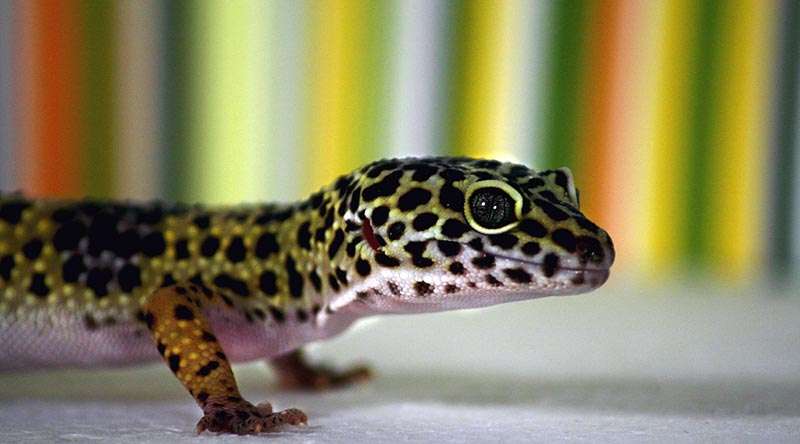
The Leopard Gecko makes the list of the cutest pet lizards. This is a ground-dwelling lizard that dwells in the desert and is a popular beginner pet for gecko lovers.
This lovely lizard is found in the highlands of Asia, northern India, and Afghanistan and is one of the few gecko species that have distinct outer ears and eyelids.
This gecko is unable to climb vertical surfaces and walls because it doesn’t have sticky hands like other members of the family.
The Leopard Gecko can live up to 20 years in captivity and will grow between 8 and 10 inches long.
This gecko will take on a different color and morph but common colors are yellow, and white with spotted black dots.
Leopard Gecko Diet
The Leopard Geckos’ diet is an insectivore and should be fed insects such as cricket, mealworms, and mice.
The insects should be dusted with calcium powder to fight against certain deficiencies. Freshwater should be provided.
Leopard Gecko Habitat
This nocturnal pet requires a 10-gallon-sized tank that replicates its natural habitat – the desert.
The tank should be warm and dry and if you’ll be housing more than one gecko, a 15 to 20 size gallon will do the job.
Substrate paper or carpet should be used (stay away from sand or wood shavings), and the tank should have cooling and warming spots alongside branches or rocks for playing hide and seek.
The temperature level of the tank should be between 85 and 95 degrees Fahrenheit and 10 degrees lower for the cool side while the humidity level should not exceed 30 percent.
Lighting should be installed in the tank, the gecko requires 12 hours of visible light during the day.
When housing more than two Leopard Geckos, don’t house two males together. Only one male and female(s) can be housed together.
This gecko doesn’t bite but might get vocal when hungry.
Did you know the Leopard Gecko shed its skin also?
When the humidity level is below 20 percent, the gecko will have difficulty shedding the skin.
#4 – Crested Gecko
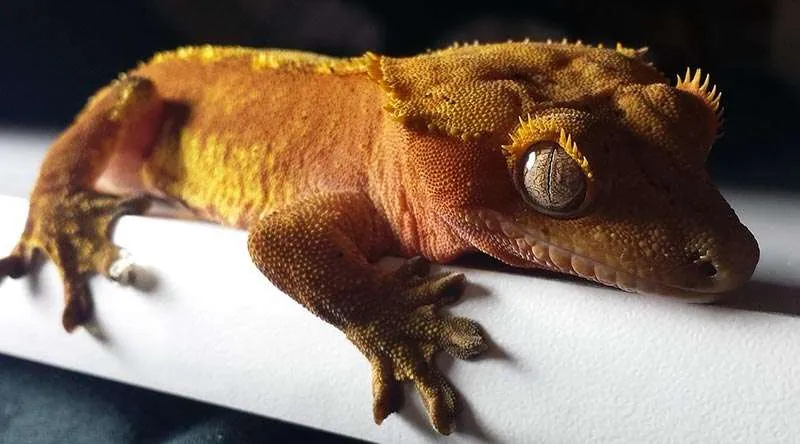
The Crested Gecko, also referred to as the eyelash gecko, was thought to be extinct before it was re-discovered in 1994.
A beginner pet with low maintenance, the Crested Gecko got its name from the fringed crest that begins over their eyes and runs down their necks and backs.
The size of the crest varies from one gecko to another.
Crested Geckos have special toe pads that allow them to move easily along the vertical surface and a prehensile tail.
Unlike other geckos, the Crested Gecko’s tail cannot be regenerated.
They are quick jumpers – can jump like a frog which makes handling them a careful process.
Adult Crested Gecko can grow between 7 to 9 inches in length and will live up to 10 years, maybe more.
They also come in different colors and morphs.
Crested Gecko Diet
As an omnivore reptile, a captive Crested Gecko should be fed commercial crested gecko food, crickets, cockroaches, silkworm, and waxworm.
They also can be served fruits such as bananas, passion fruits, mangoes, and papaya occasionally. Insects should be dusted with a calcium supplement before feeding the gecko.
Young Crested Geckos should be fed daily but adults should be fed three times a week. Do not forget to make provisions for freshwater.
A nocturnal lizard, the gecko will spend the day hiding.
Crested Gecko Habitat
A 20 or 30-gallon size tank will serve the purpose of housing the gecko.
The tank should be vertical because of its arboreal nature. This gecko is very active and needs lots of vertical space for climbing.
The tank should be decorated with a mixture of branches, bamboos, driftwood, and vines.
Also, a variety of silk or sturdy plants such as pothos – for hiding – should be provided.
Coconut fiber or paper (or anything able to retain moisture) is good for the substrate.
The temperature level of the tank should be between 72 to 80 degrees Fahrenheit (in the daytime) and 65 to 75 degrees Fahrenheit (at nighttime), with adequate lighting, and a humidity level of 60 to 80 percent.
Humidity helps most reptiles in shedding skin.
The gecko gets stressed when the temperature of the tank is high. When stressed, it may bite but the bite is not harmful.
Male Crested Geckos are territorial, you can house a male with one or two females.
Did you know the Crested Gecko will lick its eyeballs to moisten them?
#5 – Blue Tongue Skink
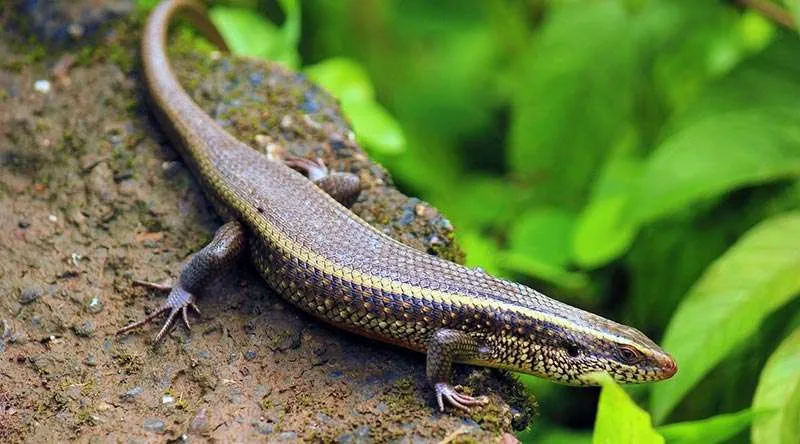
The next on the list of the cutest lizards is the Blue Tongue Skink which is one of the largest of the Skink family.
This lizard is a native of Australia and is also found on Indonesia Island and Papua New Guinea.
The Blue Tongue Skink, which is the most popular of the pet Skinks, derived its name from its berry-blue tongue.
There are different species and subspecies of this stunning lizard but they all have the same tongue color.
Some of the species include the Western, Centralian, Eastern, Northern, Blotched, Pygmy, Indonesian, Kei Island, Tanimbar Island, and Merauke blue-tongued skinks.
This is a scaly lizard with a glossy appearance and it comes in different colors, patterns, and morphs.
Popular colors include orange, golden yellow, and red and you’ll find them in brown or black color.
The Blue Tongue Skink is a medium-sized lizard with short and stubby tails and legs.
Sizes vary depending on the species but on average, the Skink will grow up to 20 inches or more.
On average, the Blue Tongue Skink has a lifetime of 20 years but just like size, lifespan varies from species to species.
You might be lucky to have your Skink for three decades.
Due to their stubby legs, this lizard is slow-moving and prefers the ground surface to climb any surface at all.
Diets
As an omnivore eater, the Blue Tongue Skink will feed on meats and plants.
A feeding schedule for this pet should be 50 percent of vegetables (corn, beets, green beans, okra, grated carrots), 20 percent of fruits (raspberry, blueberry, strawberry), and 30 percent of animal protein (fish, meat, pinkie mice, crickets).
The Skink should not be fed with toxic foods such as avocado, lettuce, acidic fruits and spinach.
Temperament
This intelligent and friendly lizard is a submissive pet and able to adapt to life in captivity.
When frightened, this adorable lizard will curl itself into a C shape, points its tail, and puff itself up to scare predators away.
It will also hiss and hide as a means of defense.
Most Blue Tongue Skinks are easy to have and have a calm personality.
The Tanimbar Island species is extremely aggressive and not recommended for pets.
Habitat
A plastic, wood, or glass tank is appropriate for the house.
The substrate should be newspaper or wood shavings, branches, and shelters (for climbing and hiding).
The daytime temperature of the tank should be between 86 and 95 degrees Fahrenheit while the nighttime temperature should not fall below 75 degrees Fahrenheit, with appropriate lighting, and a humidity level of 20 and 45 percent.
When housing more than two Skinks, do not house two males together, they are territorial.
#6 – Argentine Tegu
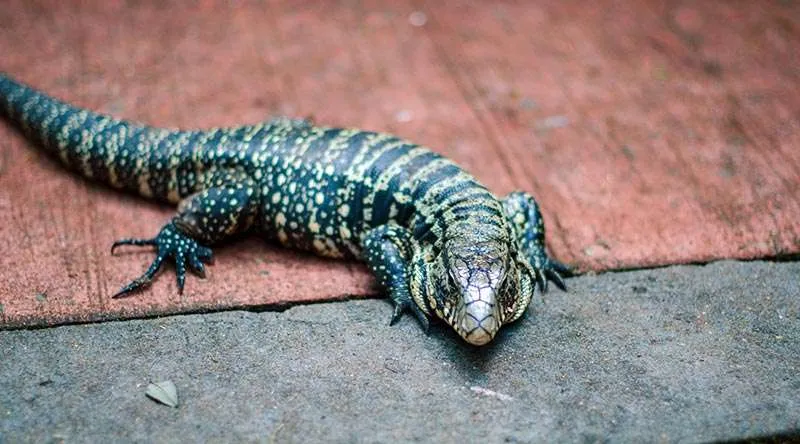
Just as its name suggests, the Argentine Tegu is a native of Argentina and parts of South America.
If you’re interested in a cute, medium-sized pet lizard, the Argentine Tegu is most likely, not for you.
Also referred to as the Giant Tegu or Big-Headed Tegu, this lizard is a large lizard that doesn’t like climbing but enjoys burrowing and immersing itself in water.
The lizard has a distinctive pattern of black and white dots and strips all over the body.
Similar to the Argentine Tegu is the Colombian Tegu which is smaller in size and less docile.
An adult Argentine Tegu will grow up to 4 or 5 feet and weigh up to 20 pounds. Females are slightly smaller than males.
This attractive lizard will live up to 12 to 15 years on average and can also surpass that.
The Argentine Tegu is diurnal and will spend the day being active.
Argentine Tegu Diet
The diet of the Argentine Tegu is insects, vegetables, and fruits.
Insects should be dusted with calcium powder before feeding the lizard.
You can feed the lizard insects such as waxworms, crickets, and mealworms.
Fruits such as banana, mango, blackberries, peaches, melon, and blueberries can be served.
Tomatoes, cauliflower, peas, and occasional mice can also be served.
When serving mice, be sure that there’s no fur on the body because the Tegu cannot digest fur.
Freshwater for drinking and soaking should be provided.
Note, the Argentine Tegu will eat almost anything and are heavy eaters, over-feeding should be avoided.
Argentine Tegu Habitat
A large lizard needs a large tank, vertical in shape because the lizard doesn’t like climbing.
The tank should have a cooling and hiding spot, and an appropriate substrate that absorbs moisture, and is good for burrowing (wheat straw is recommended, avoid wood chips or stone gravel as bedding).
A daytime temperature of the tank should be between 80 and 85 degrees, with a basking spot between 100 and 110 degrees.
The cooling end should be 75 to 85 degrees, while the nighttime temperature when the lights are turned off should be around 70 degrees.
As a pet parent of the Argentine Tegu, you’ll know most of its feelings – happy, content, hungry, angry, or scared – from the lizards’ eyes.
#7 – Chinese Water Dragon
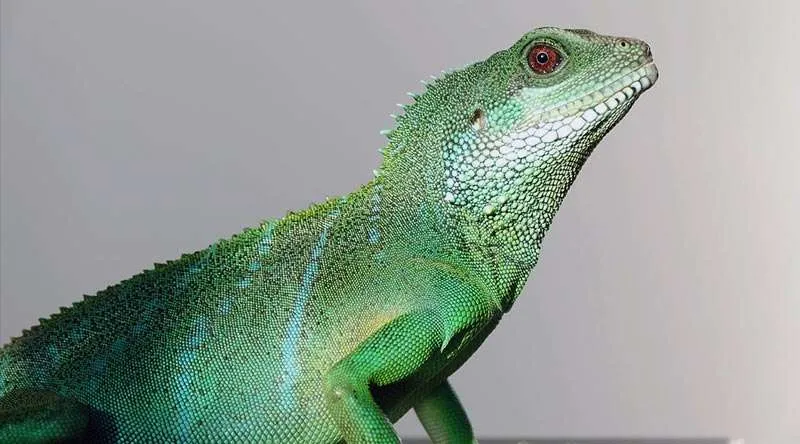
The exotic Chinese Water Dragon is the last on this list of the cutest pet lizards.
Also known as the Asian, Green, and Thai Water Dragon, the Dragon is one of the friendliest and cutest pet lizards to have.
You’re right, this dragon is found in the highland forests in East and Southeast Asia – more abundantly in China and India.
Water Dragon Size, Habitat & Lifespan
There are no known subspecies of this colorful lizard but its closest relative is the Australian Water-Dragon.
The body of the Chinese Water Dragon is largely made up of its tail – which is about 70 percent of the total body.
A female Water Dragon is smaller (about 2 feet) compared to its male counterpart (about 3 feet).
The average lifespan of the dragon is between 10 to 15 years but it is not uncommon for the dragon to live up to 20 years.
Chinese Water Dragon Diet
This adorable pet lizard is omnivorous but loves feasting on insects than fruits.
A diet plan for the dragon should be 90 percent insects such as crickets, earthworms, grasshoppers, waxworms, silkworms, and locusts, and 10 percent fruits such as green beans, carrot, cantaloupe, figs, and raspberries.
A complete care guide is available here. It will help you take care of the cutest pet lizards in the world.
The Water Dragon is a friendly lizard but will defend itself if it feels threatened.
The defense mechanism is biting or submerging itself in water/swimming when scared (this happens mostly in the wild).
Water Dragon Habitat
As an arboreal reptile, a large tank of 75 gallons is needed to house this lizard.
The reason for a large tank is that the tank will have aquatic and terrestrial features.
Other needs in the tank include substrates (newspaper or coconut fiber), branches and shelters (for climbing and hiding), proper lighting, and clean water for drinking and swimming.
The temperature level of the tank should be 80 degrees Fahrenheit (daytime) while the nighttime temperature should not exceed 75 degrees Fahrenheit.
The humidity level of the tank should be between 70 and 80 percent.
To learn more about Chineses Water Dragon here is a comprehensive article.
Additional Note:
Pet tanks must be maintained and kept clean at all times to avoid illness and sickness.
Also, the lizard must be well taken care of in terms of feeding and activities, to improve its lifespan.
Visit your local pet stores for more information regarding any of the cutest pet lizards.

